How to Cook Pasta
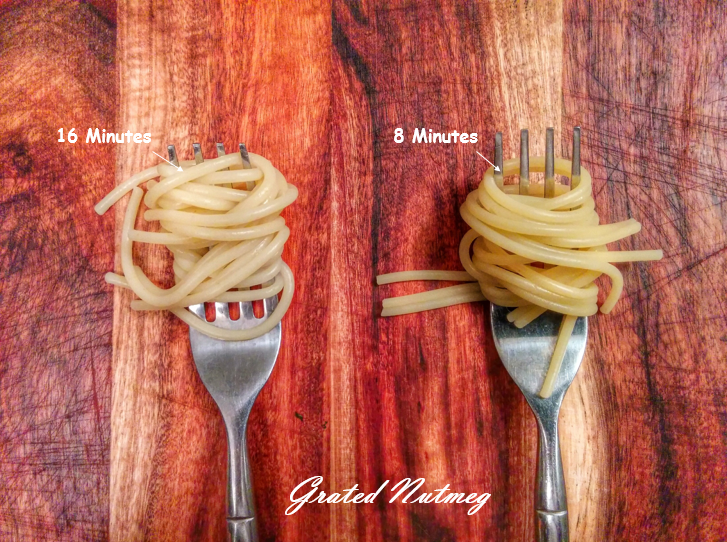
Everybody loves pasta. Its a very quick and easy meal to put together. It can also serve as a blank canvas for a lot of creative meal ideas. That being said, cooking pasta can be very tricky. Too soft and your meal will turn soggy. Except for a few cases, pasta is meant to be cooked al dente, that is, firm to the bite. There are certain habits to avoid when boiling pasta. I will talk about a few of these habits below.
The first step to cooking pasta is to understand the type of pasta you are working with. While some pastas can withstand long cooking periods, others like spaghettini and fresh pasta should be cooked for not more than 5 minutes. Note that in most cases, the pasta will finish cooking when it is being mixed with the sauce. Always give allowance for this extra cooking time when boiling your pasta. It is also advisable to read the instructions on the packet. In most cases, the packet will state the cooking time which should be used as a guide. Taste your pasta as it cooks in order to know when it is ready.
TOOLS:
(1) A Big Pot
(2) A Colander or Strainer
(3) A Pair of tongs
PROCEDURE:
(1) Heat water in a big pot. You need a pot big enough to accommodate the raw pasta strands. If you have a pasta cooker which is a deep pot with a detachable strainer, use it.
(2) Allow water to come to boil. When it starts boiling, salt generously. This is the only opportunity to impact some flavor into the pasta. Do not add any oil to the water. People do this so that the pasta will not stick together. This is however wrong. If you cook your pasta properly, it will not stick together. Oil also acts as a barrier between the pasta and the sauce, thus preventing the sauce from sticking to the pasta.
(3) Add your raw pasta to the boiling water. Scatter pasta round the pot so the strands do not stick together. Some people break their long pastas like spaghetti and fettuccine before cooking. I personally like my pasta long, just like the Italians. This however is a thing of choice.
(4) Begin timing your pasta as soon as you put it into the boiling water. Note the cooking times for various types of pasta. The label on the packet will almost always contain cooking times. As it boils, the parts sticking above the water will gradually submerge under the water. You can hasten this process by gently pushing the pasta into the boiling water. This should be done with a pair of tongs.
(5) Once all the pasta is submerged in the water, cover the pot and allow it to cook. If the water boils over as it sometimes happens, open the lid of the pot a bit. This will prevent the water from boiling over.
(6) Once in a while, open the pot and turn the pasta with your tongs. This helps to ensure that they do not stick together.
(7) Once your pasta is al dente which usually takes a maximum of 8 minutes in most cases, take the pasta off the heat source and drain in a colander. Fresh pasta cooks a lot faster. It is always good practice to save a cup of the pasta water just in case you might need to add some water to the sauce. Do Not rinse your pasta. This will wash away the starch which envelops each strand, thus making it more difficult for the sauce to adhere to the pasta.
(8) It is advisable to start cooking your pasta about 10 minutes to when the sauce will be ready. This way the pasta does not get cold before it is added to the sauce. Cold pasta sticks together.
(9) Add pasta to sauce, cook for 1 minute and take off heat.
(10) If you are adding cheese to your pasta dish, do so after you have taken the pasta off the heat source unless the recipe calls for cheese to be added to the sauce during the cooking period as is the case with Fettuccine Alfredo.
Note: Instead of draining the water from the cooked pasta, another option is to use your tongs and fish out the pasta from the water and straight into your sauce.
Below are some general pasta cooking tips:
(1) Pasta needs a lot of water to cook properly. Thus, do not use a small pot or little water. This will clump the pasta together, lead to uneven doneness and make the pasta stick together.
(2) Salt your pasta water liberally. Pasta is usually mixed with the sauce in the end of the cooking process. Salting your water properly is the only time you have to infuse some flavor in the pasta itself.
(3) Do not put oil in the boiling water. This prevents the sauce from sticking to the pasta. If you do not want your pasta to stick together, cook them correctly. Do not cook them too soft. Al dente is always best.
(4) Do not put your pasta in warm or averagely hot water. Make sure the water is boiling before putting in your pasta. If you put them in too early, they will absorb a lot of water and become soggy. They will also stick together.
(5) Do not over cook pasta. I cannot say this enough. This ruins the pasta structure, makes the dish soggy and harder to handle. There should be some resistance when handling the pasta with your cutlery. Pasta should wrap around your fork like threads and not like damp paper towels.
(6) Relating to the above point, always time your pasta from the second it goes into the hot water. In addition, taste your pasta every other minute as it cooks. This is the best way to tell when it is ready. Take a strand out of the boiling water with your tongs and taste.
(7) When your pasta is ready, drain the water immediately. Allowing the pasta to sit in the hot water will make it soggy as it will continue cooking. Alternatively, fish out the pasta straight into the sauce.
(8) Do not cook pasta before you cook the sauce. Allowing pasta to sit will make it stick together. The pasta should go into the sauce as soon as it is cooked.
(9) Do not add oil to the pasta after draining the water. Like before, this will prevent the sauce from adhering to the pasta.
(10) This last point might be controversial. Do not cook your pasta like a porridge. By this I mean pasta should not be cooked in the sauce. There is no surer way of making your pasta soggy and mushy. It should always be cooked separately and introduced to the sauce in the end.
For some amazing pasta dishes, click here.
Learn how to make fresh pasta here.
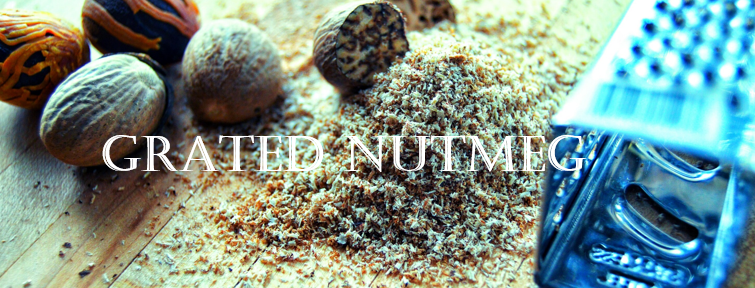
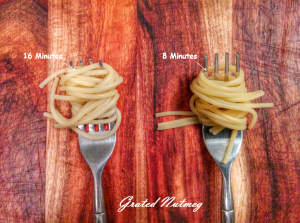

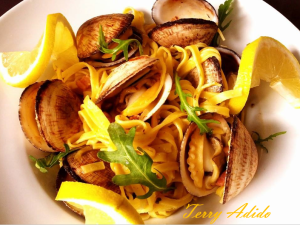

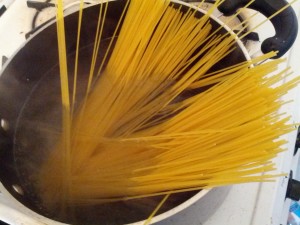



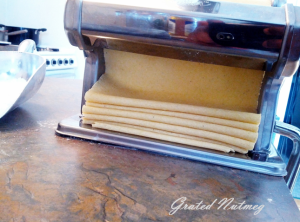
Thanks!
You are welcome.
Waoh, i have been making my Pasta the wrong way. Thanks so much Terry
Hahahaha. You are welcome.